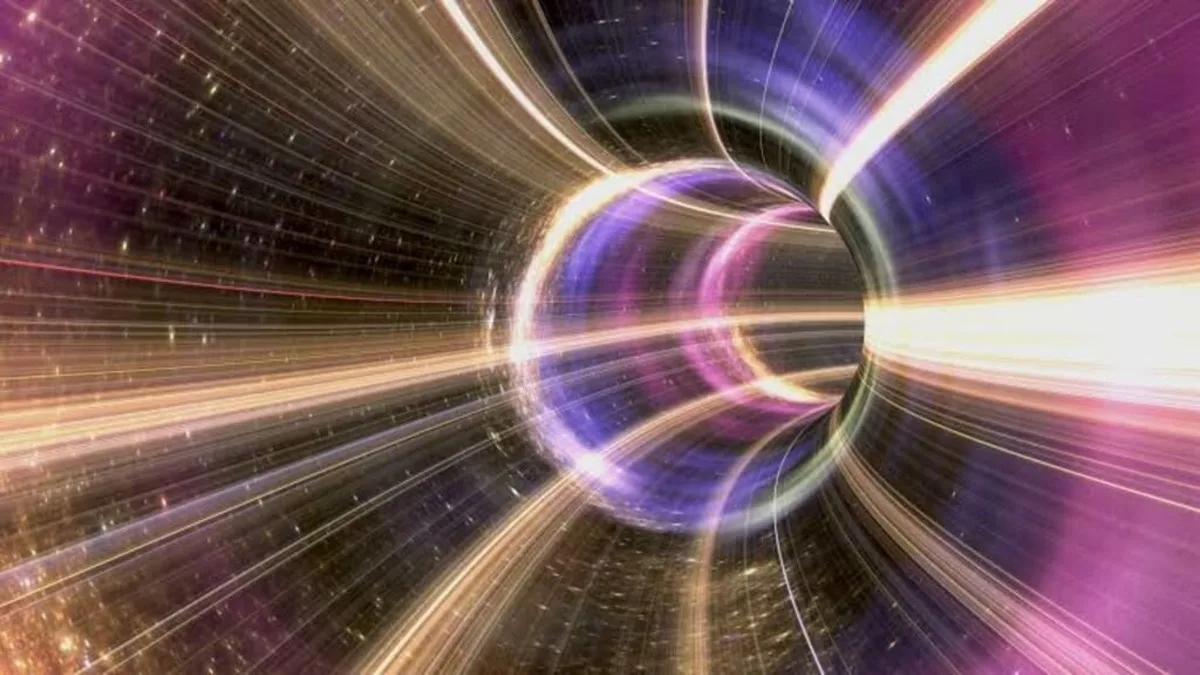Unraveling the Mysteries of Time Travel: From Fiction to Potential Reality | Fiction
Delving into the Conundrum: Is Time Travel Feasible?
The concise response is this: while humanity remains barred from jaunting through the annals of time via a traditional time machine, our understanding of temporal dynamics unveils intriguing anomalies. Consider, for instance, the phenomenon observed with clocks aboard airborne vessels and satellites, which tick to a different rhythm than those tethered to Earth’s surface.
Indeed, we are all unwitting voyagers through time, traversing the temporal expanse at a fixed rate of one second per second. From the subtle passage between birthdays to the synchrony of our collective temporal journey, time’s inexorable march remains a constant companion.
A visual metaphor ensues: a solitary figure, depicted in animation, strides forward as the hands of a celestial timepiece progress inexorably. NASA’s celestial sentinels offer a glimpse into the past, their telescopic gaze capturing ancient light from distant cosmic realms. Thus, when we gaze skyward through the lens of a telescope, we peer into the cosmic archives, beholding celestial entities as they existed eons ago.
Yet, the notion of time travel often evokes visions of transcending temporal constraints, a concept hitherto relegated to the realm of speculative fiction. But could such temporal voyages transcend the confines of imagination and manifest in reality? Science, with resounding affirmation, proclaims yes!
Deciphering the Enigma: The Plausibility of Time Travel
Over a century ago, the venerable Albert Einstein unveiled his magnum opus: the theory of relativity. This groundbreaking framework interweaves the fabric of time with the tapestry of space, establishing an immutable link between the two. Central to this theory is the assertion of a cosmic speed limit: the unassailable barrier of light’s velocity, steadfast at 186,000 miles per second.
What implications does this hold for temporal exploration? According to Einstein’s tenets, velocity engenders temporal dilation, whereby the velocity of an object inversely correlates with its temporal experience. Experimental validation ensued, exemplified by a seminal experiment featuring two synchronized timepieces. One remained grounded, while its airborne counterpart embarked on a circumnavigational odyssey. Upon comparison, a minuscule temporal lag manifested in the airborne chronometer, a testament to time’s malleable nature in the throes of motion.
Unlocking the Pandora’s Box: Practical Implications of Temporal Dynamics
Alas, the realm of practical time travel eludes our grasp, relegating such endeavors to the realms of fiction. However, the mathematical underpinnings of temporal dynamics permeate the fabric of our quotidian existence.
Consider the ubiquitous GPS satellites, our celestial cartographers in the digital age. Orbiting Earth at breakneck speeds, these satellites navigate the temporal labyrinth, their chronometers ticking in a synchronized dance with relativistic forces. Yet, the gravitational symphony orchestrates a nuanced cadence: while orbital velocities induce temporal dilation, gravitational variances conspire to hasten the passage of time. The resultant temporal dissonance, while imperceptible to the untrained eye, necessitates meticulous calibration to avert navigational discrepancies.
In summation, the enigma of time travel transcends the confines of speculative fiction, unveiling tantalizing glimpses into the labyrinthine corridors of temporal dynamics. While conventional time machines remain ensconced within the realms of imagination, the intricate dance of temporal forces pervades our existence, underpinning the very fabric of our reality.
#TimeTravel #TemporalDynamics #EinsteinianInsights #RelativityRealms #TemporalExploration
